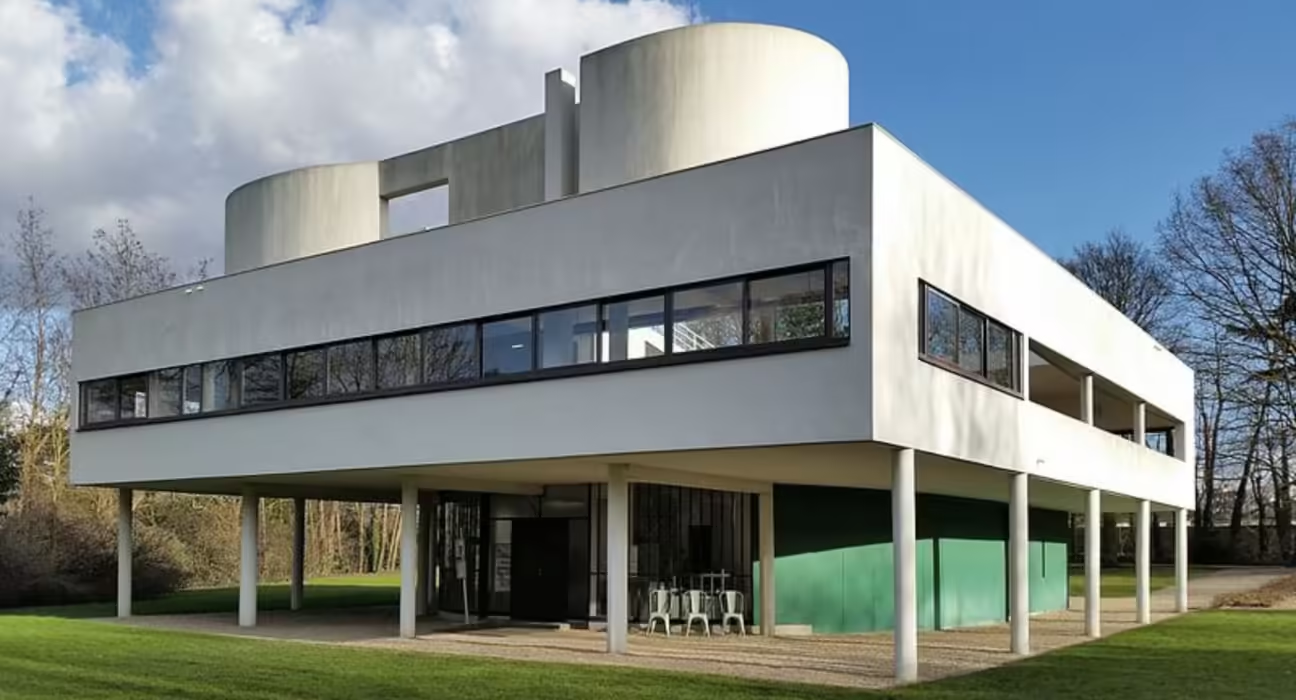Modernism architecture represents a profound shift in how we perceive, design, and interact with the physical spaces that surround us. Emerging primarily from the early to mid-20th century, this architectural movement marks a significant departure from traditional styles, embracing innovation, minimalism, and functionality. As society underwent rapid changes driven by technology and cultural revolutions, so too did our approach to building—leading to a new era defined by modernist principles.
Modernism architecture not only embodies aesthetic beauty but also reflects deeper philosophical ideas about humanity’s relationship with nature, community, and urban life. It is a testament to our ability to adapt to the complexities of contemporary existence while providing solutions to various social and environmental challenges.
Historical Context of Modernism Architecture

As we explore the historical context of modernism architecture, it’s essential to understand the societal changes occurring during the late 19th and early 20th centuries. This era encompassed industrial advancements, world wars, and a growing disillusionment with established norms. These developments propelled architects and designers to seek fresh perspectives on space creation and usage.
The Industrial Revolution and Its Influence

The Industrial Revolution fundamentally transformed society, shifting labor from agrarian settings to urban environments. The consequent population growth in cities created an urgent need for new housing, infrastructure, and public facilities.
The rise of factories and mechanization led to innovations in construction techniques, allowing for the use of steel and reinforced concrete. These materials enabled architects to design larger, more open spaces that defied traditional constraints.
In this environment, architectural pioneers like Louis Sullivan and Frank Lloyd Wright began advocating for designs that emphasized function over form, encapsulating the essence of modernism architecture. Their famous adage “form follows function” became a guiding principle, encouraging functional designs that prioritized usability over ornamental details.
Social Change and Cultural Movements

The early 20th century was rife with social change, including movements advocating for women’s rights, civil liberties, and social equity. These shifts found resonance in modernist architecture, which sought to create spaces reflective of egalitarian ideals.
Architects such as Le Corbusier championed designs that promoted communal living, highlighting the importance of shared spaces in fostering social interaction. His vision for urban planning involved creating environments where individuals could thrive collectively—a concept that continues to influence contemporary design thinking.
Modernism architecture also coincided with the avant-garde art movements of the time, such as Cubism and Futurism. These artistic expressions inspired architects to break free from classical conventions, leading to experimental forms and structures characterized by bold geometries and innovative materials.
Technological Advancements and Their Role
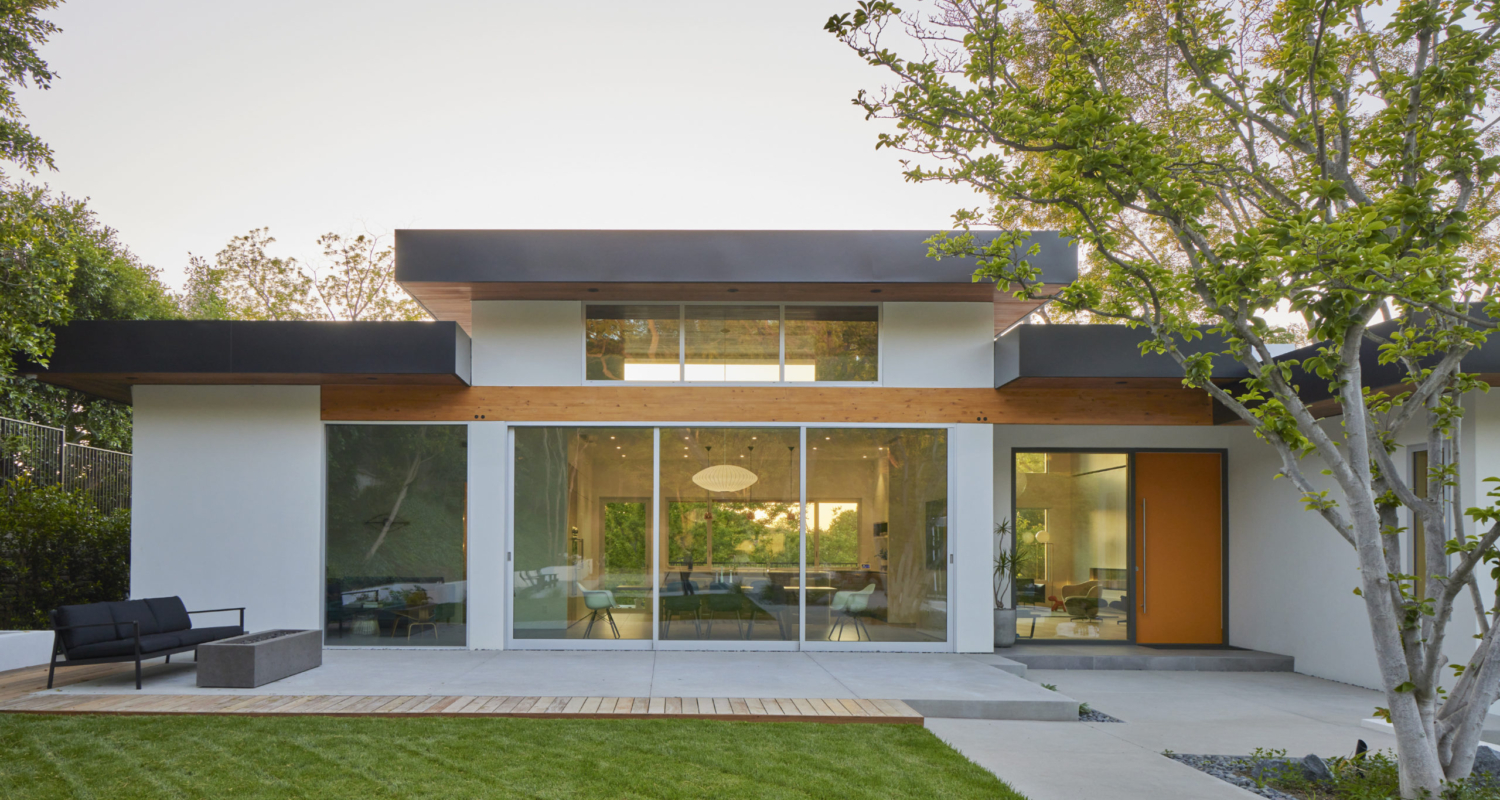
Technological progress played a pivotal role in shaping modernism architecture. The introduction of new building materials and construction methods enabled greater flexibility in design and construction processes. Glass, steel, and concrete emerged as staples in the modernist toolkit, empowering architects to conceive ambitious structures previously thought impossible.
One notable example is the use of curtain walls in high-rise buildings, which allowed for expansive windows and natural light within interiors. This transformation fostered an intrinsic connection between indoor and outdoor environments, blurring the boundaries of human habitation.
Furthermore, advancements in engineering expanded possibilities for spatial configurations, enabling the creation of cantilevered forms and dynamic designs that defy gravity. These breakthroughs revolutionized our understanding of structural integrity and aesthetics.
Principles of Modernism Architecture
At the heart of modernism architecture lies a set of principles that distinguish it from traditional design approaches. Through an exploration of these principles, we can deepen our understanding of what defines modernism architecture and its enduring legacy.
Minimalism and Clarity in Design

One of the most significant tenets of modernism architecture is minimalism—the deliberate reduction of elements to their essential forms. This approach emphasizes clarity and simplicity, stripping away unnecessary ornamentation to focus on function and structure.
This minimalist philosophy is evident in iconic buildings such as the Barcelona Pavilion designed by Mies van der Rohe. The pavilion’s clean lines, open spaces, and careful material selection exemplify the modernist ethos, showcasing beauty through restraint rather than excess.
Moreover, modernism architecture encourages designs that invite reflection and contemplation. The interplay of light and shadow, combined with thoughtful spatial organization, creates environments conducive to introspection and creativity.
Functionality as a Guiding Principle

Functionality remains a cornerstone of modernism architecture, shaping the way we think about space utilization. Architects prioritize the needs of occupants, ensuring that every element serves a purpose and enhances the overall user experience.
This practicality is perhaps best illustrated in the work of Frank Lloyd Wright, whose designs often integrated architectural concepts with the surrounding landscape. Wright’s Fallingwater merges seamlessly with its natural environment, demonstrating his belief that architecture should harmonize with nature and cater to human experiences.
In contemporary contexts, this principle translates into adaptive reuse projects, where existing structures are repurposed to serve new functions. By prioritizing functionality and sustainability, modernism architecture continues to evolve and address contemporary challenges.
Integration of Technology and Design
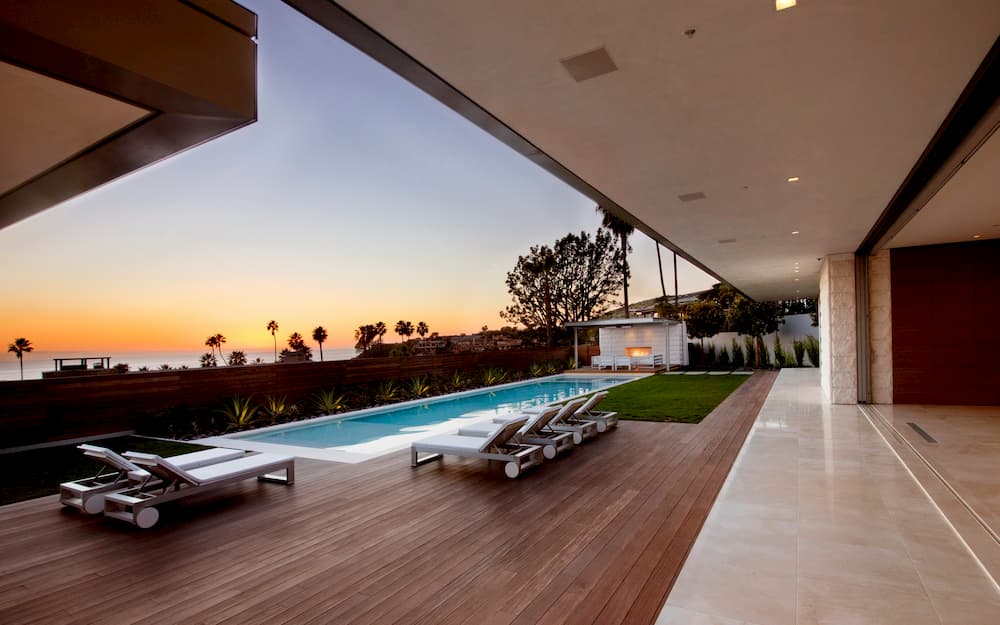
Modernism architecture celebrates the fusion of technology and design, recognizing the potential of innovation in shaping contemporary built environments. Architects embrace cutting-edge tools and materials to create efficient, sustainable designs that respond to their context.
The adoption of digital technologies revolutionized architectural practices, allowing for intricate modeling and simulation of structures. Architects now leverage parametric design and 3D printing to push the boundaries of creativity, resulting in unique forms that challenge conventional norms.
Sustainable architecture has emerged as a crucial aspect of modernism, responding to pressing environmental concerns. Designers increasingly incorporate renewable energy sources, green roofs, and passive heating techniques to create buildings that minimize their ecological footprint while enhancing occupant well-being.
Human-Centric Design Approaches
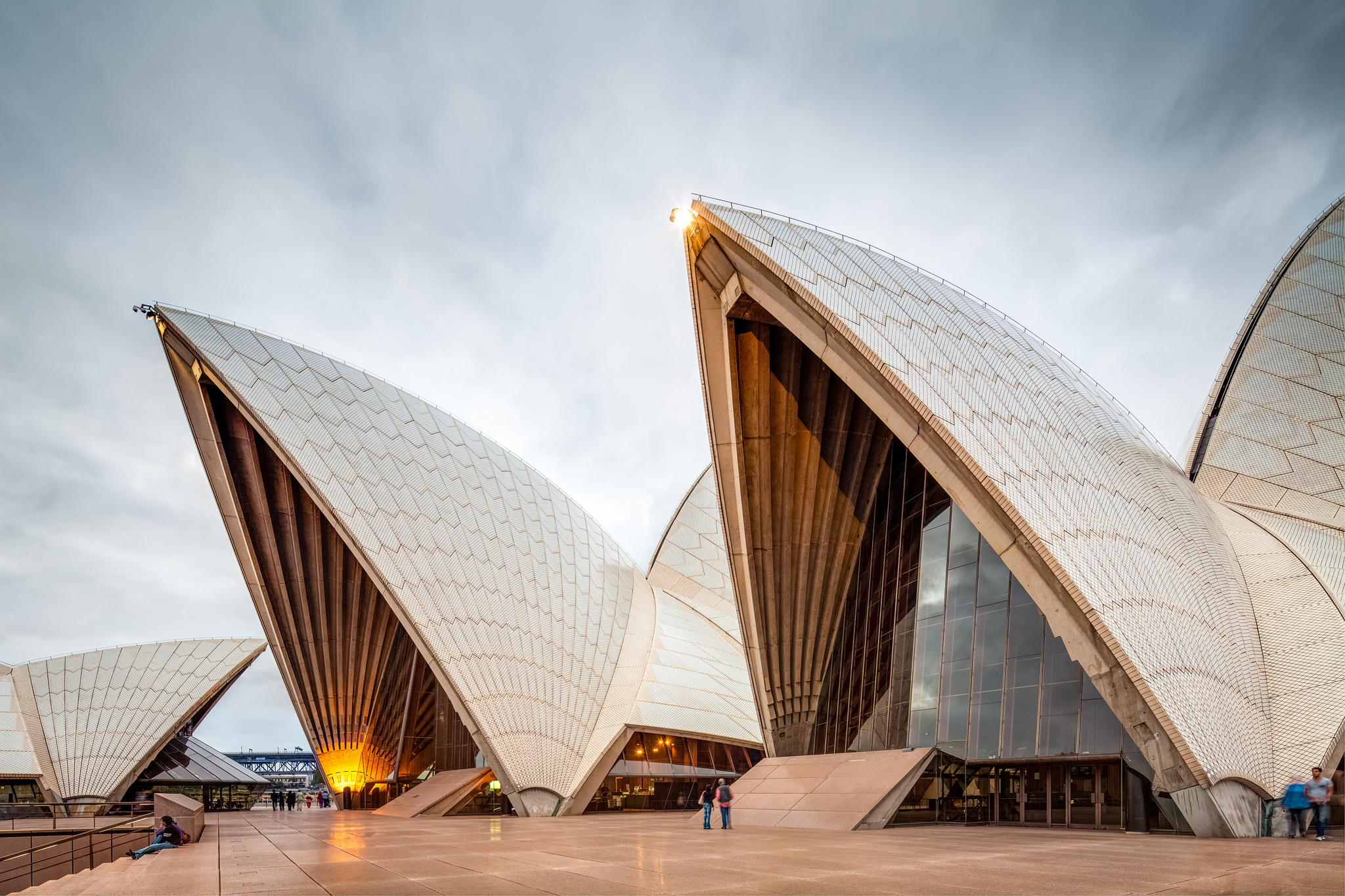
In modernism architecture, there is a growing emphasis on human-centric design—creating spaces that prioritize the needs, behaviors, and experiences of individuals. This approach acknowledges that architecture profoundly impacts our emotions and interactions within built environments.
Through considerations of scale, proportion, and accessibility, architects ensure that spaces foster a sense of belonging and community. This shift toward inclusivity has been instrumental in promoting designs that cater to diverse populations and enhance quality of life.
Additionally, modernist architects advocate for biophilic design principles, integrating natural elements to strengthen our connection to the environment. This trend acknowledges the psychological benefits of incorporating nature into our surroundings, ultimately enriching our daily experiences.
Iconic Examples of Modernism Architecture

Throughout history, numerous structures have come to symbolize the ideals of modernism architecture. By examining these iconic examples, we gain valuable insights into the movement’s evolution and impact on our built environment.
Villa Savoye: An Icon of Modernism

Designed by Le Corbusier in the 1920s, Villa Savoye epitomizes modernism architecture through its innovative design and adherence to functional principles. Set amidst lush greenery, the villa features pilotis (supports), flat roofs, open floor plans, and horizontal windows—all hallmark characteristics of modernist thought.
Le Corbusier’s vision extended beyond aesthetics; he aimed to redefine how people interacted with their living spaces. The villa integrates natural light and ventilation, enhancing the residents’ connection to the outdoors while creating a harmonious relationship between architecture and nature.
Villa Savoye laid the groundwork for future generations of architects, inspiring them to embrace modernist principles in their designs. It stands as a testament to the transformative power of architecture in shaping human experiences.
The Guggenheim Museum: A Bold Statement
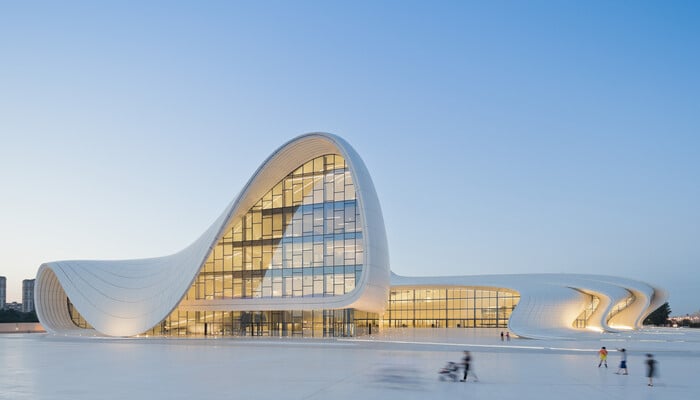
Frank Lloyd Wright’s Guggenheim Museum in New York City represents a radical departure from traditional museum design. Completed in 1959, the building’s spiraling form and continuous ramp offer a unique visitor experience, challenging conventional notions of how art should be displayed.
Wright’s organic architecture blends seamlessly with the urban landscape, asserting the idea that museums can be immersive experiences rather than merely repositories for art. The fluidity of the interior encourages visitors to engage with the artwork in innovative ways, redefining the gallery experience.
The Guggenheim Museum also highlights the integration of technology in modernism architecture, showcasing how advanced construction techniques can produce visually striking forms. Its significance extends beyond aesthetics, influencing the design of cultural institutions worldwide.
The Farnsworth House: Harmony with Nature

Another iconic example of modernism architecture is the Farnsworth House, designed by Mies van der Rohe in the 1940s. This glass-and-steel structure exemplifies the principles of minimalism and transparency, blurring the boundaries between interior and exterior spaces.
Set amidst a serene landscape, the Farnsworth House embodies the notion of living in harmony with nature. Its open layout and expansive windows invite the surrounding environment inside, creating a seamless connection with the natural world.
Mies van der Rohe’s design philosophy resonates strongly with contemporary approaches to sustainability and environmental consciousness. The Farnsworth House serves as both an architectural landmark and a symbol of the ongoing dialogue between architecture and ecology.
The Future of Modernism Architecture

As we navigate the complexities of the 21st century, the principles of modernism architecture continue to evolve in response to emerging challenges and opportunities. Architects and designers face pressing issues, from climate change to urbanization, prompting a re-evaluation of what modernism means in today’s context.
Addressing Climate Change and Sustainability
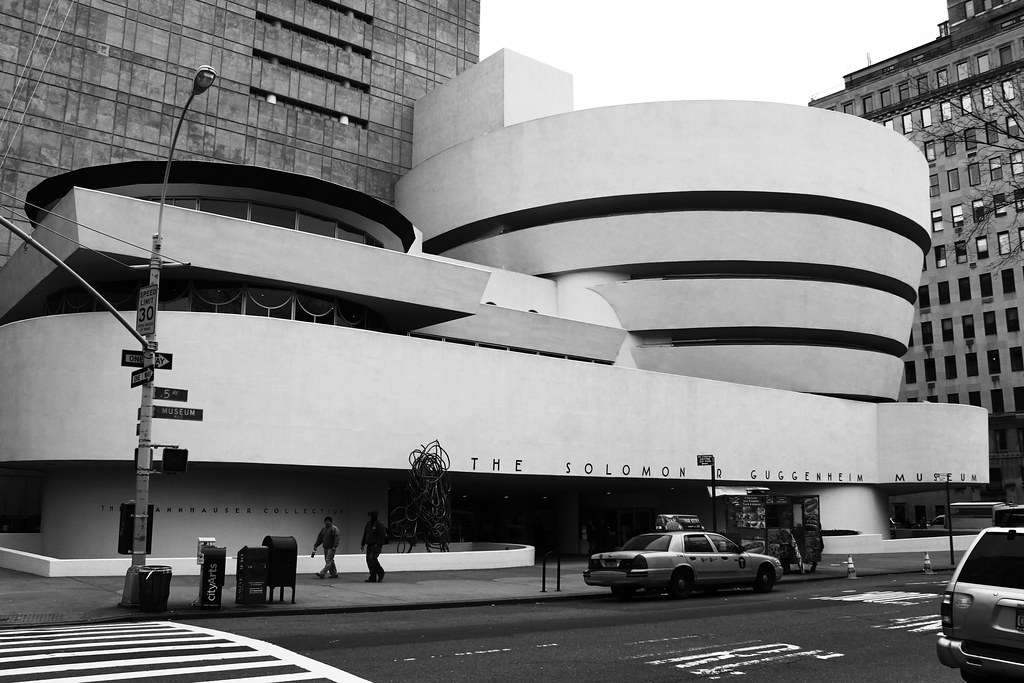
With the escalating urgency of climate change, architects are increasingly turning to sustainable design practices rooted in modernism architecture. This reflects a commitment not only to reducing carbon footprints but also to enhancing the resilience of our built environments.
The adoption of green building certifications, such as LEED and BREEAM, illustrates a collective effort to promote environmentally responsible practices. Designers are exploring innovative solutions, from energy-efficient systems to resilient materials, that align with modernist ideals while addressing contemporary challenges.
Sustainable architecture does not merely involve the implementation of eco-friendly technologies; it also encompasses a holistic approach to design—considering social, economic, and environmental factors to create spaces that enrich communities and protect ecosystems.
Urbanism and Community Engagement
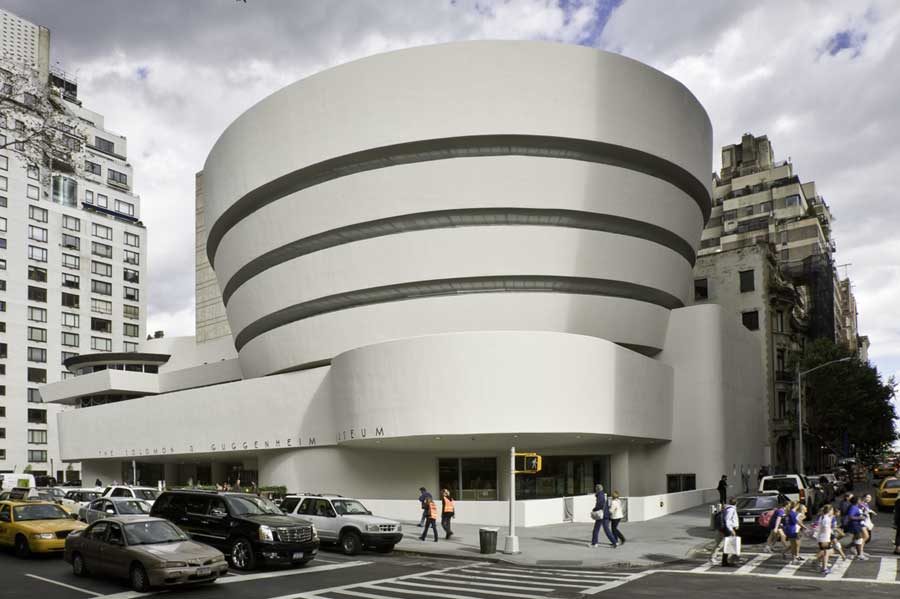
Modernism architecture is increasingly intertwined with urbanism, emphasizing the importance of community engagement in shaping urban landscapes. Architects are rethinking how public spaces are designed, advocating for inclusive and participatory processes that reflect the needs of diverse populations.
Prioritizing walkability, connectivity, and access to amenities fosters vibrant urban environments where individuals can thrive. The revival of public squares, parks, and community hubs signifies a return to human-centric design principles, creating spaces that promote social interaction and cohesion.
Moreover, the integration of flexible spaces allows for adaptability in response to changing community needs. By fostering collaboration between architects, local governments, and residents, modernism architecture becomes a tool for positive social change.
Embracing Technology and Innovation
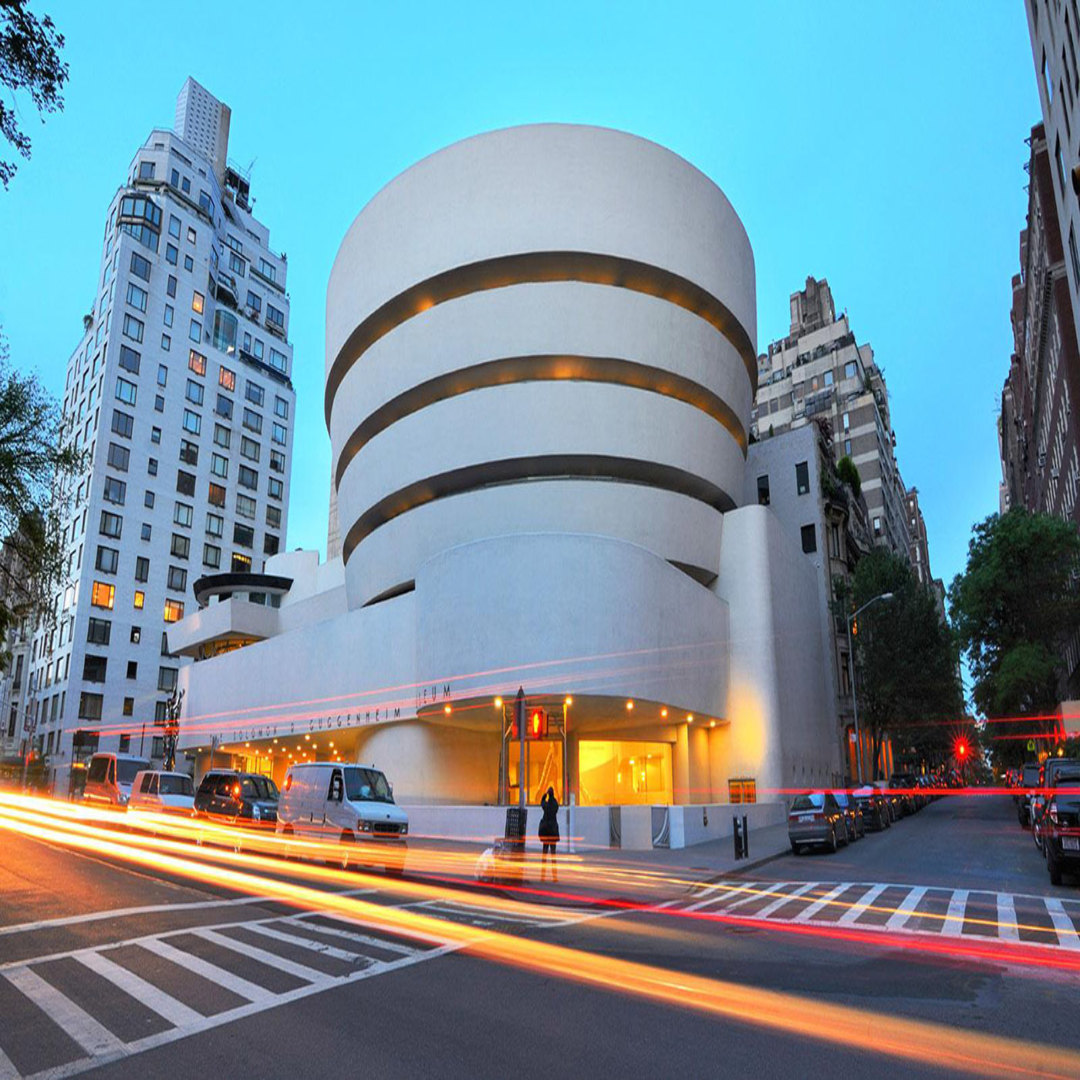
As technology continues to advance at an unprecedented pace, the future of modernism architecture will undoubtedly be shaped by innovation. The emergence of smart buildings, artificial intelligence, and data-driven design presents exciting opportunities for architects to enhance user experiences.
By leveraging digital technologies, architects can create responsive environments that adapt to occupants’ preferences and behaviors. This not only improves comfort and efficiency but also fosters a deeper connection between individuals and their surroundings.
Additionally, the integration of virtual and augmented reality offers immersive design experiences, allowing clients and stakeholders to visualize projects before they are built. This democratization of design empowers communities to engage meaningfully in the architectural process.
Conclusion

Modernism architecture is more than a stylistic movement; it represents a paradigm shift in how we conceive of and interact with our built environments. Rooted in principles of minimalism, functionality, and human-centric design, modernism invites us to explore the complexities of contemporary life while remaining grounded in our relationship with nature and community.
Through a rich historical context, iconic examples, and an eye towards the future, modernism architecture continues to inspire architects and designers to push the boundaries of creativity and innovation. As we navigate the challenges of the 21st century, the enduring spirit of modernism serves as a powerful reminder of the transformative potential of architecture in shaping a better, more sustainable world.
✉️ Stay Connected — Subscribe for Weekly Updates
Discover timeless stories, practical wisdom, and beautiful culture — delivered straight to your inbox.
*We only share valuable insights — no spam, ever.




